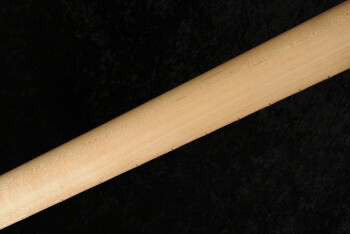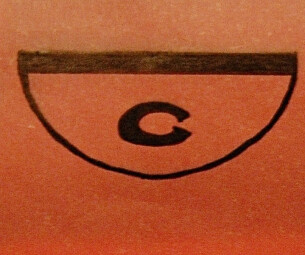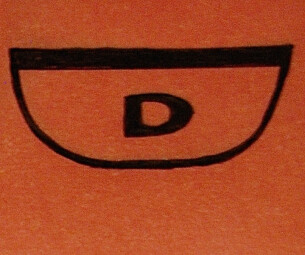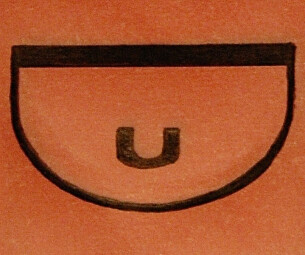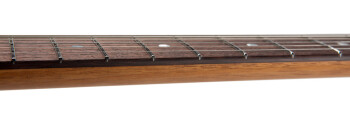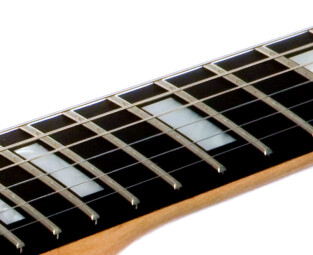Guitar necks come in different shapes, sizes and finishes. So, how can you pick the right one for you? In this article we'll explore the different neck options available, in order to understand their basic characteristics in terms of comfort.
Sticky fingers
Just like a bookshelf, the neck of your guitar can be lacquered or not.
An untreated neck that has only been sanded requires rigorous maintenance, because the pores of the wood can be filled with the dirt from your hands. By applying some wax or oil to it on a regular basis, you will have a pretty fast neck. Obviously, the lack of a protecting layer makes “natural” necks less resistant to shocks, but it doesn’t have a major impact on their longevity.
Regarding lacquered necks, the quality of the lacquer application and the thinness of the layers applied are almost as important as the type of lacquer used. I’m probably exaggerating a bit, because different lacquers have very different qualities. Typically, a nitrocellulose lacquer may be more aesthetically pleasing than a polyurethane one, but it can put you through some trouble if you have sweaty hands. People who suffer from an overproduction of sweat ought to spend some time at their local store trying out their coveted neck under “sticky” conditions.
Profile
According to custom, letters are used to describe the back of the neck:
- C: Corresponds to a round, mid-thickness, all-purpose neck
- D: Low-thickness profile with a flattened shape at the center. Very appreciated by lovers of academic positions
- U: Very similar to an overweight C-shaped neck. Worshiped by guitarists who play with their thumbs on the back or side of the neck
- V: It can be thick or slim and is a rarer profile preferred by “technical” players. It isn’t recommended for beginners.
Rad radius!
To determine the overall feel of the neck, the shape of the neck ought to be considered together with the radius (the curvature of the fingerboard) and the type of frets used.
There are two main types of fingerboard or fretboard:
Guitars with a short radius (in other words, with a very round shape) are usually equipped with “medium” frets, which are rather narrow and relatively sharp.
Necks that have a radius larger than 10 inches usually feature “jumbo” frets, which are quite wide and flat.
A hands-on choice
The size and thickness of your hands and, especially, your fingers, play a crucial role in determining the type of neck that’s best suited for you. And yet, bassists with small hands sometimes play tree trunks and guitarists with huge hands often choose the slimmest necks.
So, always keep in mind that the perfect neck is the one that allows you to play comfortably every day!

